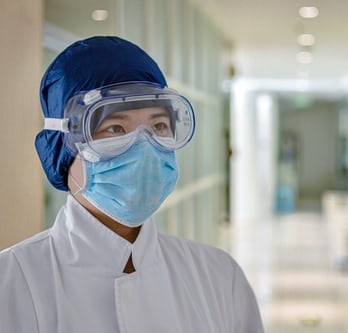With a recent USD 3 million round of aid, the United States has brought its COVID-19 support for Myanmar to USD 16.5 million. The funds will mainly go towards Myanmar’s healthcare response to the pandemic, which the U.S. State Department and USAID will help the Ministry of Health and Sport to carry out. The money will fund medical, hygiene, and sanitation, and testing equipment and supplies, as well as programs designed to mitigate social problems caused by the economic and psychological stress of these pandemic. These include counseling for quarantined children and prevention programs for domestic violence. “U.S. assistance to address the COVID-19 pandemic comes on top of long-term investments in Myanmar that total more than USD 1.3 billion over the last twenty years, including more than USD 176 million in health,” U.S. charge d’affaires George Sibley said in a statement.
Although the vast majority of foreign COVID-19 assistance has come in the form of development loans, Myanmar has received some direct aid to support the health and welfare of vulnerable populations. The EU, for example, set up a EUR 5 million emergency fund to support female garment workers. The U.S. embassy emphasized that its own funding would prioritize isolated and at-risk communities, particularly IDPs. Focusing on vulnerable populations may serve to benefit Myanmar’s fight against COVID-19 in general. Since the start of the pandemic, the government has feared the virus could be spread by tens of thousands of migrants returning to their homes from Thailand and China. Daw Aung Suu Kyi herself urged migrants crossing the border unofficially to register with the local authorities, promising leniency. On the western border, ongoing violence has kept many IDPs and rural communities from being tested. In one incident, a WHO-marked vehicle carrying COVID-19 testing samples through Rakhine State was ambushed by unknown attackers. Yet failing to test and treat people in isolated and contested areas risks allowing the coronavirus to spread from these communities to the rest of the country.


